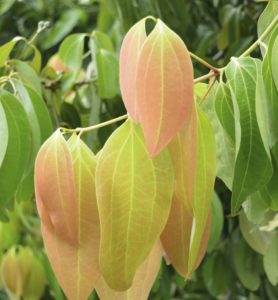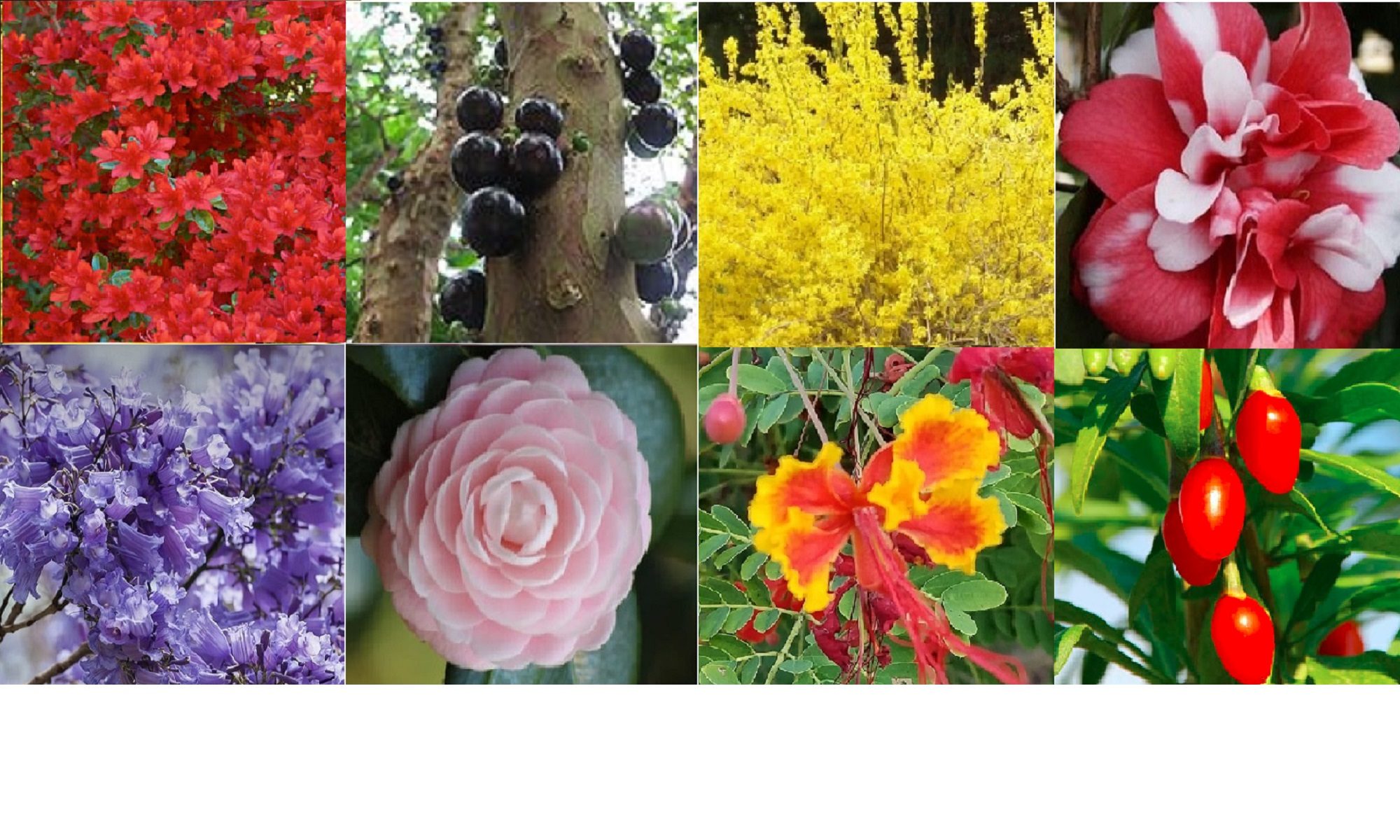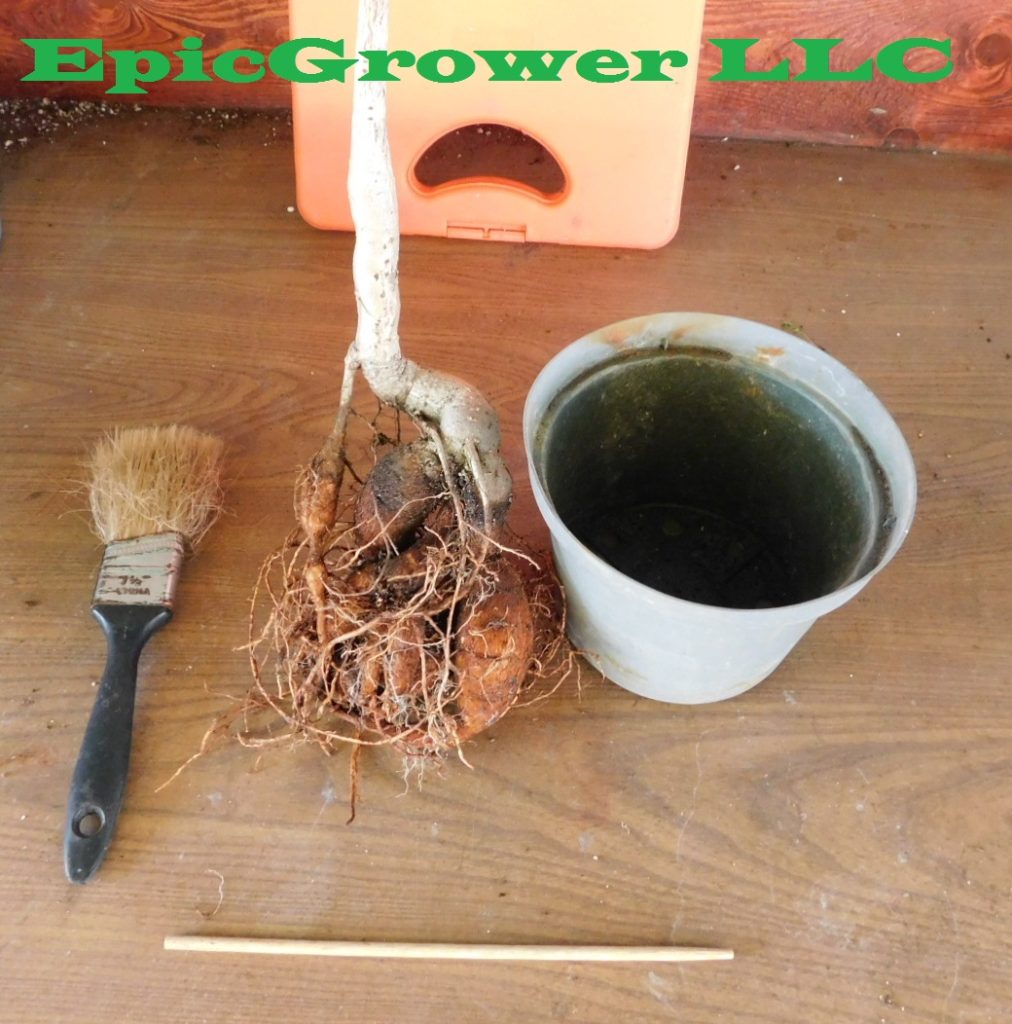Ceylon cinnamon scientific name cinnamon zeylanicum, true cinnamon or Sri Lanka Cinnamon. It’s a flavorful spice added to liquids, deserts and main food dishes. Ceylon cinnamon is considered the Cadillac of cinnamon’s. As a medical herb Cinnamon has anti-inflammatory, antioxidant, and antimicrobial properties.
 It helps support lower blood sugar levels was a part of a study that showed it enhanced antioxidant enzyme activity. This means it may prevent or treat certain types of cancer. Always, consult your doctor or certified herbalist before using Ceylon Cinnamon for medical uses.
It helps support lower blood sugar levels was a part of a study that showed it enhanced antioxidant enzyme activity. This means it may prevent or treat certain types of cancer. Always, consult your doctor or certified herbalist before using Ceylon Cinnamon for medical uses.
You can harvest the plant at the age of 2yrs. Harvest the new shouts and then left them dry out. There are many articles on how to harvest cinnamon and process the spice for usage. Yes, you can propagate the plant from cuttings or seeds. The seeds tend to be expensive and hard to find in the USA. Once the plant is well established (3yrs plus) it starts to grow more branches faster.
Growing Ceylon Cinnamon
Growing Environment: According to the USDA the plants hardiness zone is 9b through 11. It’s a tropical evergreen tree grows best at low altitudes in a moist climate. Epic Grower LLC is in North Georgia zone 7 so we grow it in a green house during our cool/cold months. No, Epic Grower LLC does not grow this plant in the ground.
Sun, Water and soil: The plant likes full sun to partial shade. It like moist soil and do not let it dry out. Make sure the soil is airy moist but not soggy. We grow the plants in pots under 70% full sunlight. It prefers alkaline sandy soil and is salt tolerant.
Usage: The Ceylon Cinnamon plant has many usages as an herbal/spice and ornamental plant. By purchasing this product you agree that Epic Gower LLC and its staff are not liable what-so-ever for usage of this plant or plant parts.



